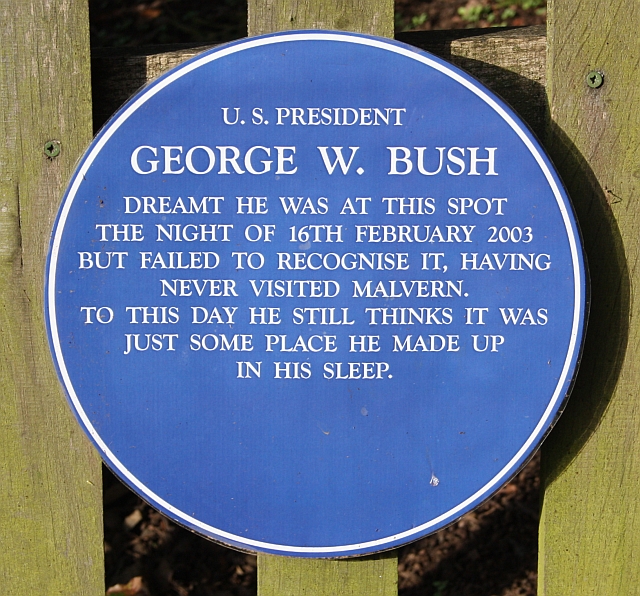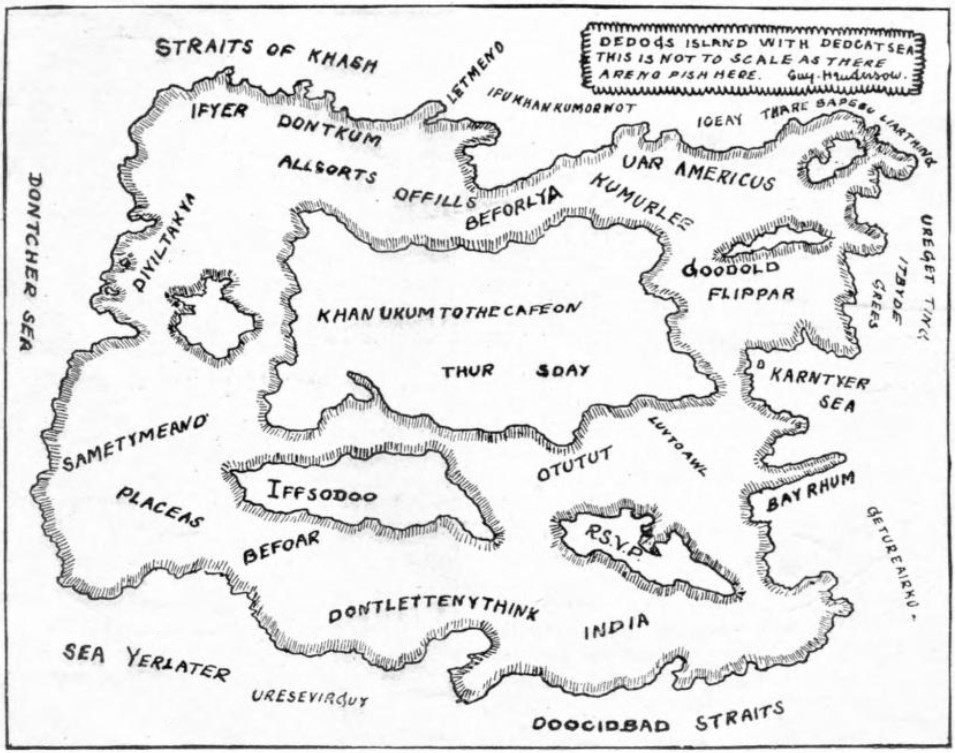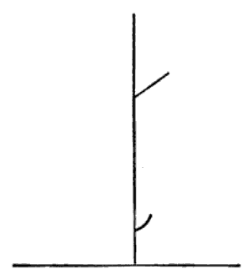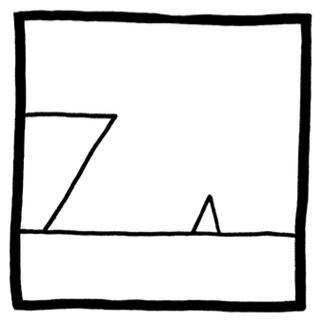For a fictional character, Sherlock Holmes has a strangely real presence in the physical world. This plaque is posted near the Reichenbach Falls in Switzerland:
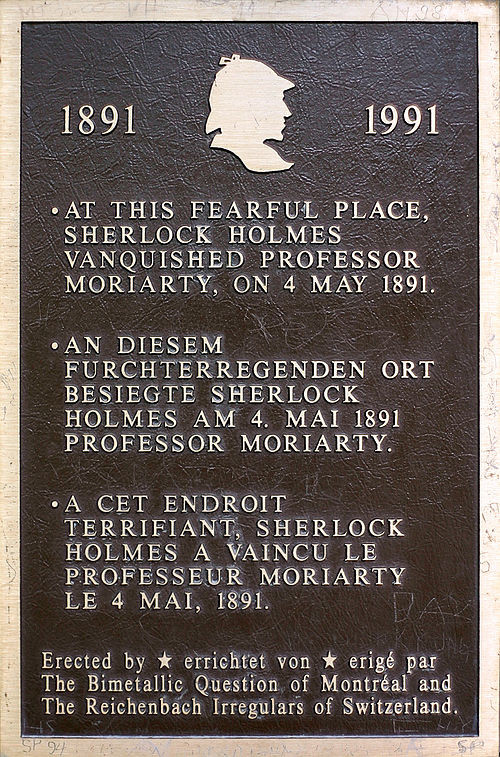
This one’s on a cottage in Sussex:
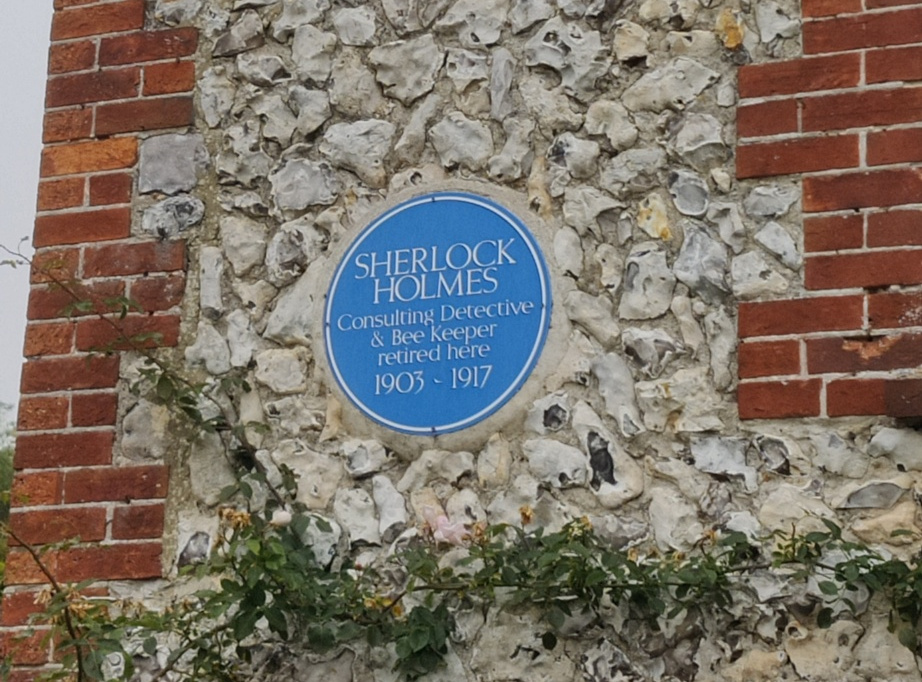
There’s even a plaque at the spot where Holmes met Watson.
Naturalist Gilbert White, author of Natural History and Antiquities of Selborne, seems to have had an imaginary contemporary nemesis. Someone has posted this plaque on the house opposite White’s 18th-century Hampshire home:
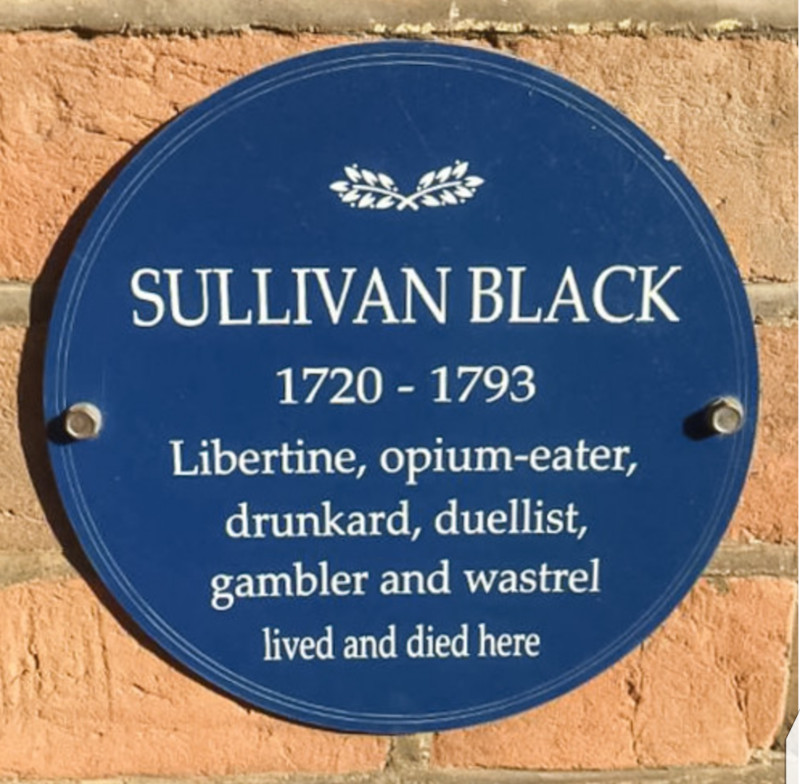
(Black is the opposite of white, and Sullivan is the opposite, or at least the complement, of Gilbert.)
Finally, this plaque adorns the Park Street Eye Clinic in Tauranga, New Zealand:
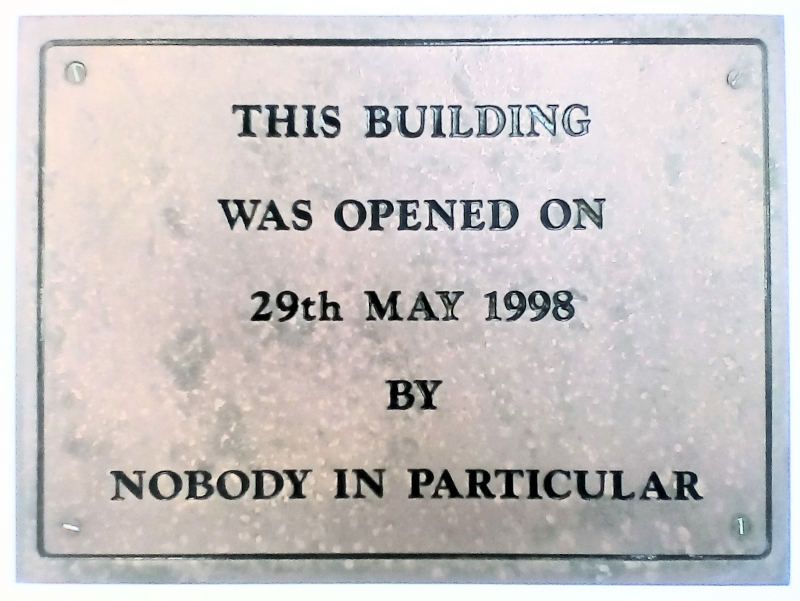
Accurate enough.
(Thanks to readers Tom Race, Brieuc de Grangechamps, and Derek Christie.)


